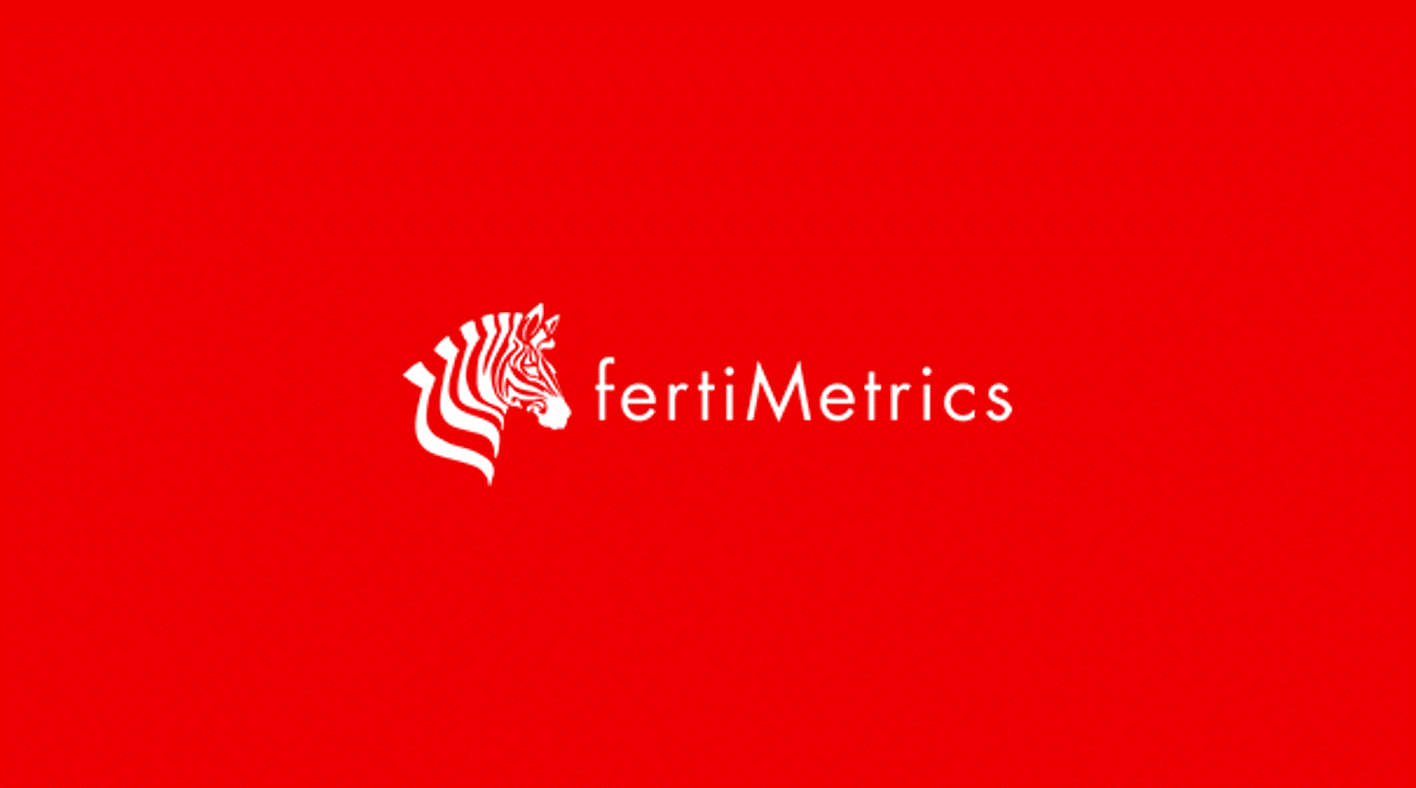Insight Focus
- Processed phosphate prices may come under pressure with subsidy cut in india expected to be a minimum 24%.
- Potash prices remain stable despite the conflict between israel and hamas.
- Ammonia prices expected to have reached their peak with more supplies coming into the market.
The International Fertilizer Association (IFA) held its annual Asia Conference in Bangkok this week and close to 500 delegates from all over the world took part. Very little if any business took place and all eyes are on the upcoming India Urea tender on October 20th for shipment by December 10th in addition to speculation on how much Chinese products will find its way to India. It is expected that China could supply some products despite the current export license restrictions.
When the announcement was made for the India tender the urea market reacted with a bearish tone due to the time frames of the tender. The paper market has fallen substantially with Q4 Arab Gulf Urea midpoint down to USD 385 PMT FOB from October at USD 408 PMT. Producers and traders are in a vacuum with very few outlets to place urea length with Brazil, Europe and the US showing lukewarm interest in any buying. However, it is expected that Brazil will need to import a substantial amount with current imports through September at 4.755 million MT, down 7% year on year. Major markets like Australia and Thailand are also coming to a seasonal low end of buying. Australia imported through August 2.56 million MT, up 16% year on year with Qatar being the largest at 588 KT followed by Saudi Arabia at 557 KT and the UAE at 554 KT. If China comes into the market with above expected volumes for the India tender, there will be substantial pressure on prices since the Middle East, Russia and North Africa could easily place 1 million MT to the India tender.
TTF one month forward gas in Europe hit USD 16 MMBTU on October 12th only to settle at USD 14.
On the processed phosphate side the market remained quiet this week with Brazil coming to a seasonal end although MAP prices did come up a tad with a high range of USD 550 PMT CFR due to low supply availability. India DAP prices remained unchanged from one week ago with prices around the USD 595 PMT CFR mark on the back of uncertainty in the subsidy provided by the government ahead of the Rabi season. There are rumors that the government could cut the subsidy by as high as 31% but 24% is predicted to be the likely number. If this happens importers of DAP to India will lose a considerable amount of money although their profit margins have been healthy over the past couple of years.
The January to August imports of MAP to Australia was 614.1 KT vs 859.6 KT year on year down 28.6%.DAP exports were up 12.8% to 278.5 KT vs 247 KT.
Brazil imported through September 3.845 million MT of MAP vs 3.387 million MT year on year, up 13.5%.
USA exports of MAP through August was 1.244 million MT down from 1.526 million year on year, down 18.5%. DAP imports were 777.5 KT vs 349.6 KT year on year, up 122.4%. MAP imports were 684.3 KT vs 345 KT, up 96.3%.
On the potash side the overall market remained quiet although the tragic events in the war between Israel and Hamas led to speculation that the ICL of Israel could face problems both in production and exports of potash and that international potash prices could increase. None of these events appear to have taken place with granular MOP Brazil CFR still pegged at USD 355 PMT CFR and the assessed standard MOP SE Asia price at USD 315 PMT CFR.
Similarly, the global ammonia market has been rather quiet this week with little if any major activity either side of the Suez. Focus has been on the continuous production problems at Ma’aden in Saudi Arabia which has led buyers in India to pay much higher prices from alternative sources. However, it is believed the Ma’aden issue will come to a close over the next week or so leading to more supplies and prices of ammonia are expected to have reached highs for the year. Middle East current ammonia price is pegged at USD 550 PMT FOB. The October Tampa settlement price is at USD 575 PMT CFR whilst the highest price paid in the Far East has been recorded at USD 650 PMT CFR.
The TTF one month forward gas cost in Europe led to production cost for ammonia equivalent to USD 630 PMT CFR.
The outlook for the ammonia market is that as more supply enters the market prices are expected to have reached a peak and that 2024 might see an easing of prices across all regions.














